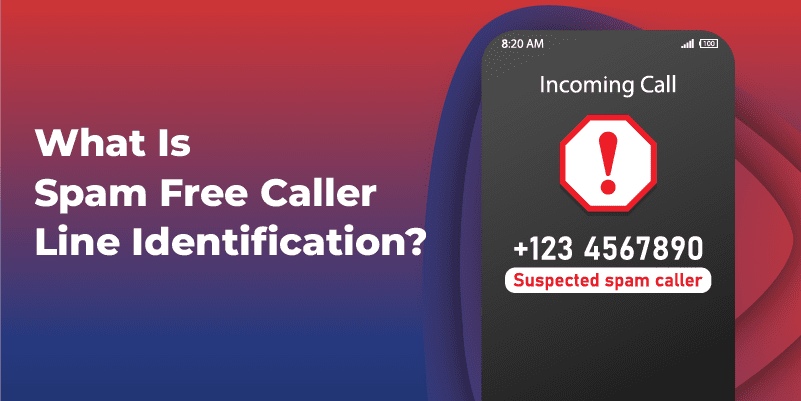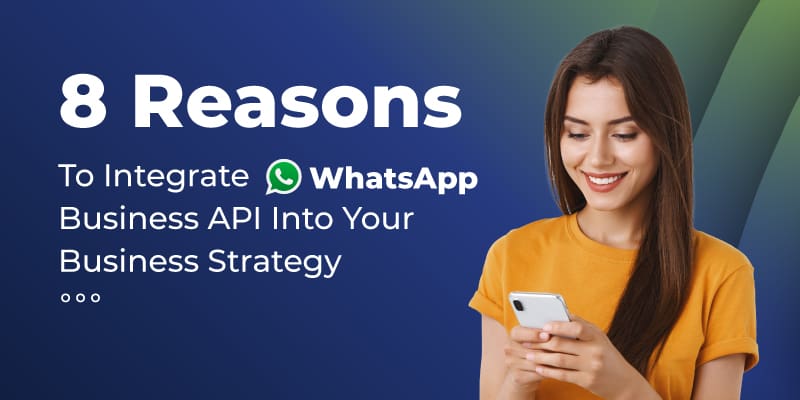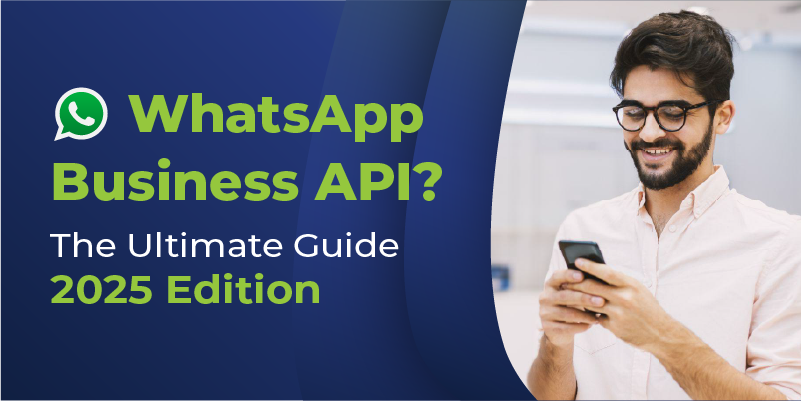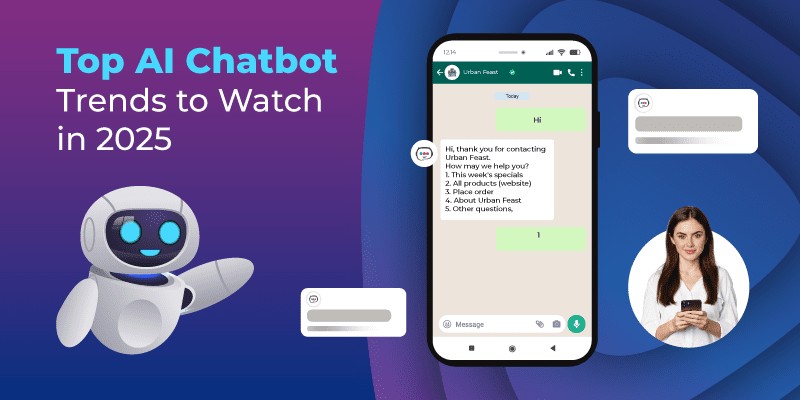Many legitimate businesses have their phone numbers marked as spam risk or spam likely. This happens even to the new numbers that haven’t been dialed yet. As a result, their deliverability, engagement, and conversion rates suffer.
Also, there are other optimizations a business can do to save time, improve efficiency, and reduce expenses, like using SIP trunks. Most companies do not leverage missed calls as a great inbound marketing tool it is.
Fortunately, in this guide, addressing all these issues, we help businesses navigate the complexities of spam-free caller line identification, spam prevention, SIP trunking, missed calls, and what they can do to accommodate such challenges and optimize for the best.
Table of Contents:
What Is Spam Free Caller Line Identification?
Spam-free Caller Line Identification refers to the system and technologies designed to identify and label incoming calls as spam or authentic. It also allows your business to make only verified calls and messages, helping recipients avoid unwanted, spammy, or fraudulent calls.
What’s The Reason For Your Business Phone Numbers Marked As Spam?
Your business numbers being marked as “SPAM” means your customers might’ve been seeing “” SPAM LIKELY,”” “SCAM LIKELY,”” or “SPAM RISK.”” on their caller ID when you call them through these contact numbers.
FCC Instituted regulations that made the telecom carriers responsible for filtering spam calls. Hence, they have complicated compliance-based algorithms to identify potential risks for spam, scams, and fraudulent calls.
Phone carriers keep track of the list of such marked numbers that could be spam or scam risk, depending upon the history of the number.
Now, if your enterprise numbers managed to show in these lists by different phone carriers, your numbers are displayed as spam, scam, or spam likely.
Read This: Why Adopt TrueCaller Verified Business Identify Solution?
What causes these “Scam” or “Spam” tags on your business numbers?
The Spam ID technology often or occasionally marks legitimate calls as spam or scams. It is an unfortunate limitation of this spam-filtering technology.
So getting your phone business numbers tagged as “Scam” or “Spam” doesn’t necessarily mean something’s wrong. However, there are a few things that might have alerted their spam-detection algorithms:
- Reports of spam
- Unusually high volume of outbound calls
- Incomplete or Improper outbound caller ID number
Another possibility is that a malicious entity may have “spoofed” your business number, causing unwanted calls using your caller ID on display.
Route Mobile offers Voice API services to deliver distinct customer experiences through voice across multiple customer touchpoints. It offers many solutions, including CCaaS, SIP trunking, missed calls, safe connect, and more.
These solutions prevent or resolve spam-related issues for your business caller identification and improve your brand’s visibility and trust.
How To Resolve This?
To resolve this issue and remove your number from “Spam” tags, here are a few things you can do:
- Consider changing the number and getting a new one if it hasn’t been established much yet. It is much easier to change than go through a further process of removing the “spam” tag on your number.
- You can register your business numbers on accessible caller registries to make it legitimate and unflagged as “Spam.”
- Since there is no one database where you can fix your number, you can contact various phone carriers, spam-blocking apps, and registration websites directly regarding the issue.
- Reach out to a communication service provider like Route Mobile, offering a safe connect service that helps businesses effectively manage their caller ID with features like phone number masking. They ensure the best practices and have the expertise to handle such situations.
Also Read: Dodge the Spam to Connect Better with your Prospects
Understanding SIP Trunking
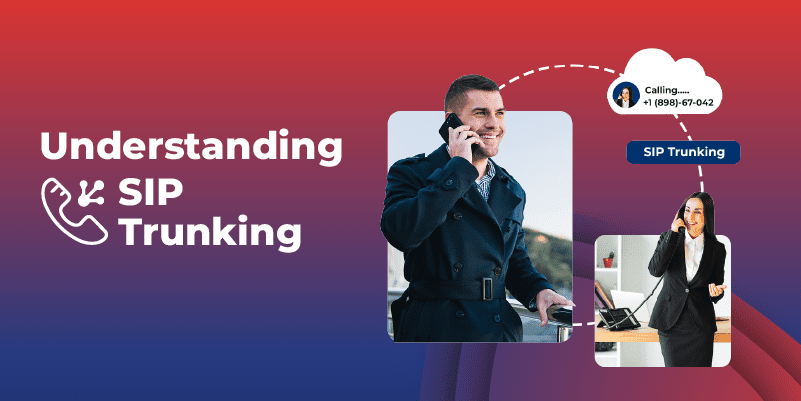
SIP stands for Session Initiation Protocol. This communication signaling protocol establishes, maintains, and eliminates real-time communication sessions over the web.
In telecommunications, trunking allows multiple phone calls to be carried through a single transmission circuit or line, leveraging the available bandwidth to its full extent.
What Is SIP Trunking?
SIP trunks allow users to make or receive calls utilizing a packet switch network. It is a service that uses a session initiation protocol to connect the private branch exchange (PBX) of businesses to the public switched telephone network (PSTN) using the internet.
SIP trunking offers virtual links, or as called “trunks,” to carry multiple calls simultaneously in a single line.
Businesses can leverage SIP trunking to scale their communication requirements and optimize their bandwidth without any changes to physical installation, saving infrastructural and other costs.
We at Route Mobile offer SIP trunking to help businesses save costs, increase efficiency, and boost scalability using our next-gen SIP trunk solutions.
How Does SIP Trunk Work?
SIP Trunk acts as a virtual equivalent of an analog or physical telephone line, allowing a communication provider to connect multiple phone calls to a PBX so the operator can make or receive calls online.
The process entails a physical phone handset or other communication hardware communicating with an on-premise PBX. This phone call is routed through SIP trunk(s), and then it is connected to the internet to make voice-over IP web calls.
Also Read: 9 Benefits of CCaaS Platform for Businesses
How does a Missed Call work?
A missed call is a call that is not answered or disconnected before the recipient can pick it up.
Communication service providers such as Route Mobile offer services that enable enterprises to engage with customers, generate leads through missed calls, and boost customer engagement.
Missed call marketing is a powerful marketing tool yet to be tapped by businesses. This service allows companies to give customers the ability to request a callback, collect customer responses, and, through retargeting campaigns, generate leads through these missed call solutions.
The missed call service also helps companies perform market research surveys, opinion polls, voting, customer-engagement campaigns, and more where they don’t have to invest additional time and money.
Read This: Call Masking: Know Meaning, Benefits, Use Cases & Why to Use
How To Get Started With Missed Call Services?
They offer a wide range of missed call services , helping businesses bring engagement and generate leads:
- Missed Call Service
- Missed Call Analytics
- Missed call campaigns
- SMS 2 Call
- Click 2 Call
Here are steps for businesses to follow to get started:
Step 1: Reach out to a missed call service provider or communication solution provider
Step 2: You will choose a 10-digit or toll-free number on which you want the missed call service. There is also an option to use virtual numbers.
Step 3: Purchase the missed call service plan for the campaign. The prices, services, and solutions change depending on the provider. For example, Route Mobile offers more robust voice API solutions with Cloud-based Contact Center Service (CCaaS) and an integrated dashboard for optimum control and management.
Conclusion
This guide covered dealing with business phone numbers marked as “spam” and “scam.” Businesses are also made aware of the SIP trunk and its potential for optimization in terms of cost, communication efficiency, and scalability.
Finally, addressing one of the most underrated inbound marketing tools that businesses often miss to utilize is missed call services or missed call marketing.
For each of these challenges or potential growth opportunities for the business, hiring a business service provider with expertise in spam-free caller ID management missed call services, and SIP trunking is the best decision you can make.
We at Route Mobile offer voice-based customer experience services, including each. All you have to do is contact the Route Mobile experts to get started.
FAQs
What can you Do to Avoid Getting your Business Numbers Marked as Spam?
To begin with, make sure you adhere to the national do-not-call registry. Always be clear with your identification on every call. Prefer to use a local 10DLC number. You can also create an opt-in and opt-out process as well.
What is the Difference Between SIP Trunking and VoIP?
The primary difference between SIP trunking and VoIP lies in their functionality and application within telecommunication. VoIP allows users to make voice calls over the internet, whereas SIP trunking connects analog lines over a single communication channel to save bandwidth.
What is Trunking?
Trunking is a term used in telecommunication that means merging multiple communication lines or channels into a single logical connection. The application of trunking is to utilize the available bandwidth and resources by sharing them for other communication channel usage.


